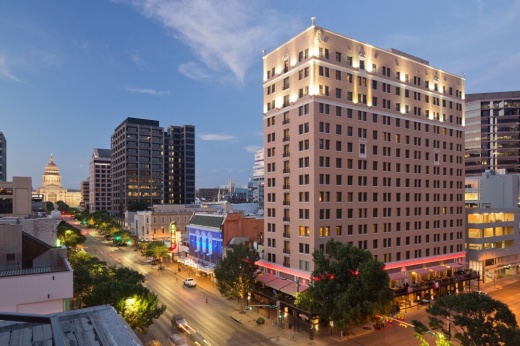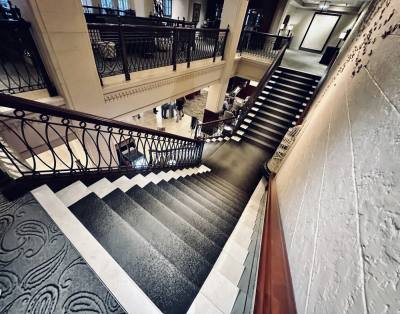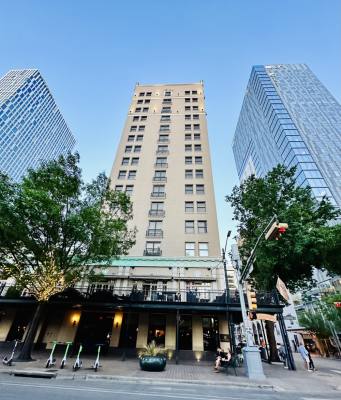Since opening 100 years ago as Austin’s first high-rise hotel, the Stephen F. Austin Royal Sonesta has been a pillar in the community—and there are no plans of slowing down, said Jim Mooney, vice president of sales for Sonesta International Hotels.
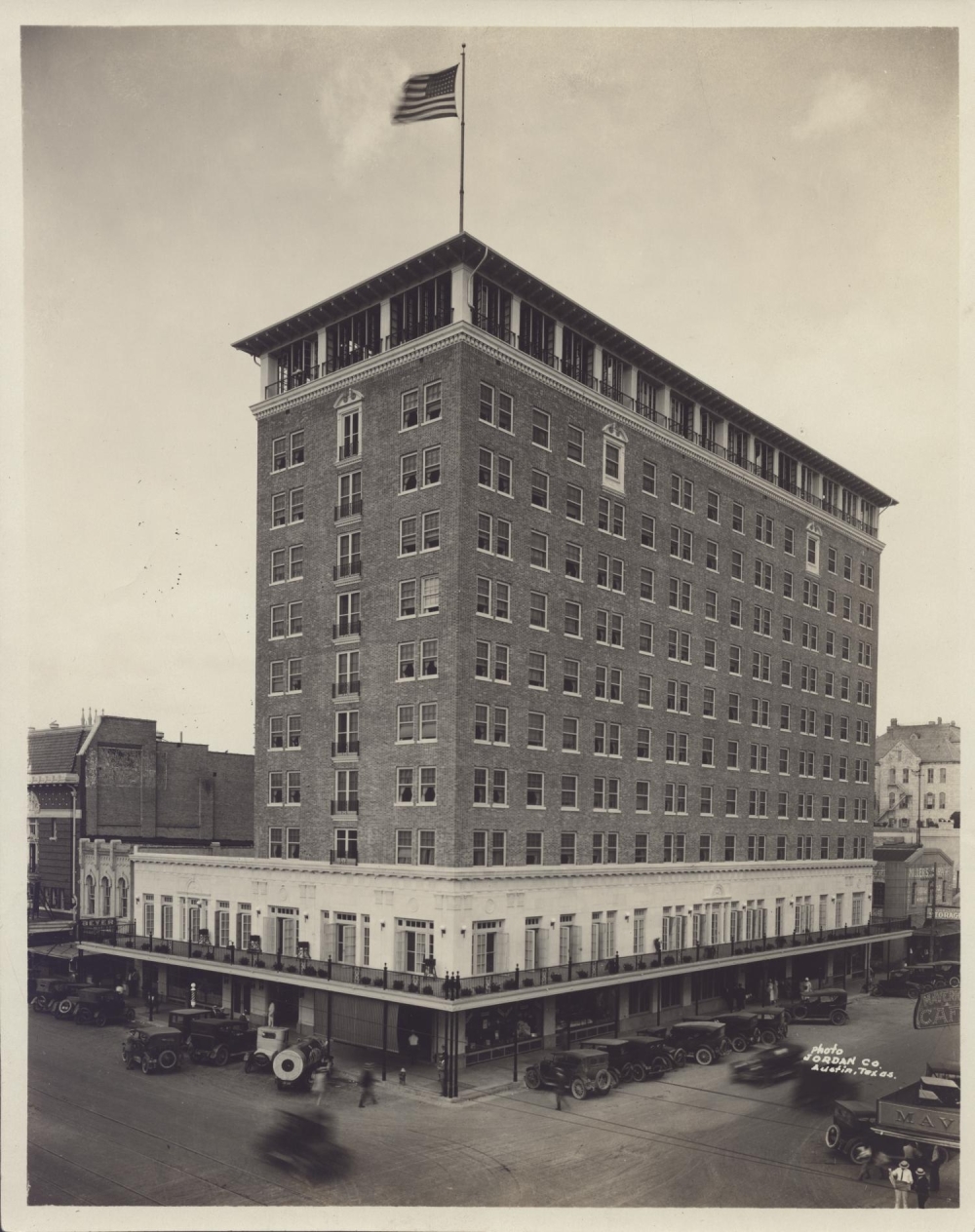
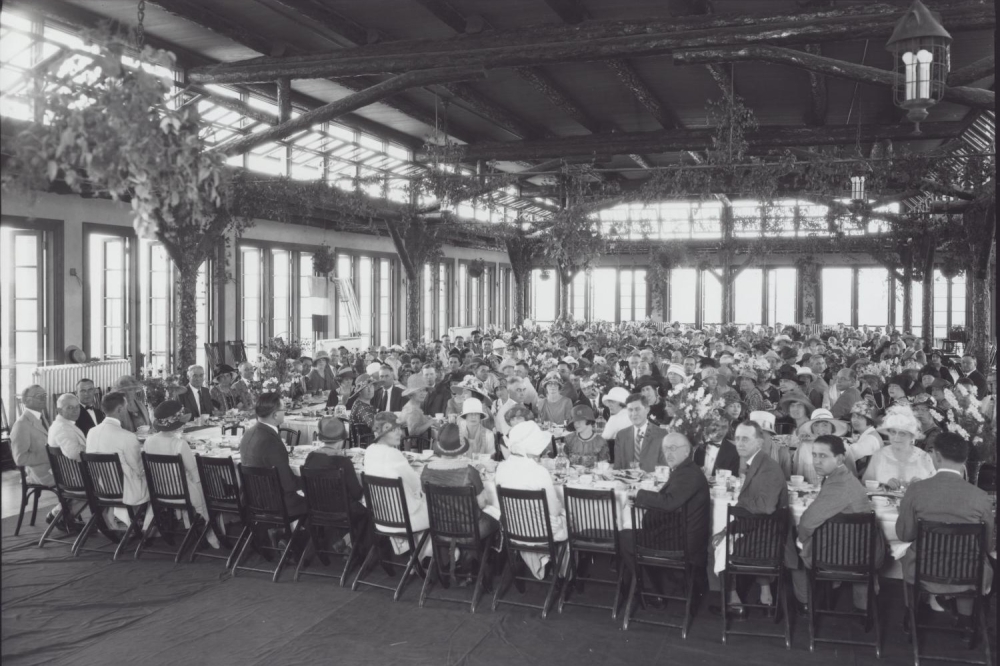
The past
Built by hotelier Theodore Brasher “T.B.” Baker in May 1924, long before Frost Tower, 360 Condos and other high-rises, the Sonesta eclipsed the downtown skyline.
Throughout the century, it has withstood to become a historic Austin landmark with the support of its residents, Mooney said. According to the hotel’s website, its origins are deeply rooted in the community, which invested $600,000 for its creation—nearly $11 million when converted to today’s rates, per the U.S. Inflation Calculator.
“It speaks volumes about the dedication, resilience and unwavering support of the local community,” Mooney said. “Sonesta’s growth trajectory is nothing short of remarkable, and we are excited about the future.”

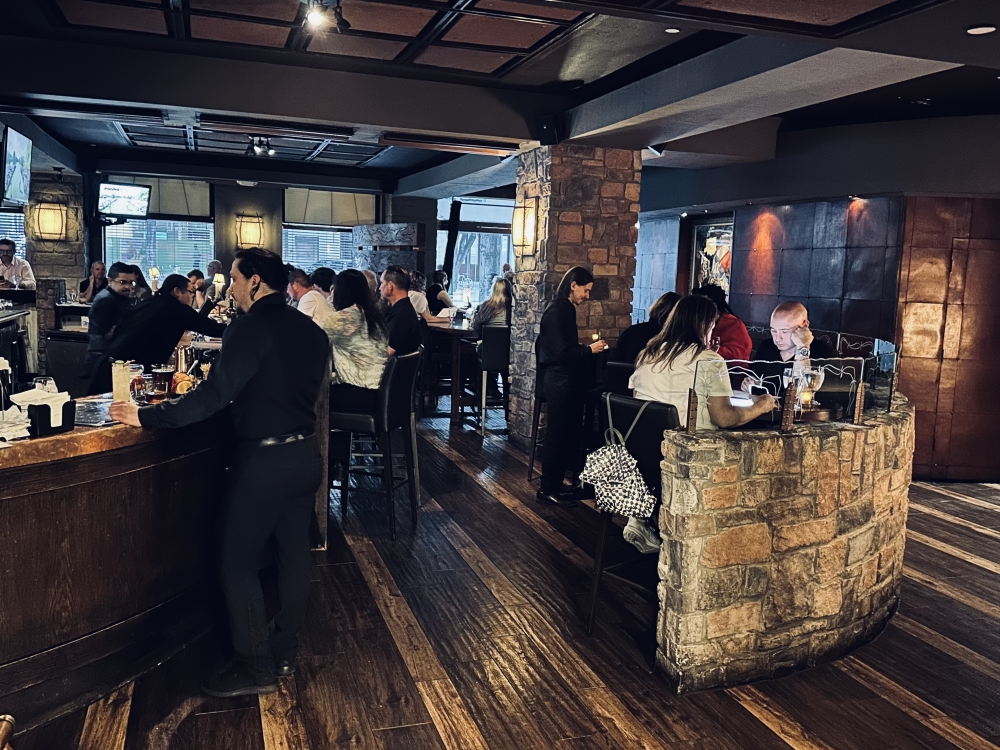
The present
To celebrate the hotel's centennial in April, Royal Sonesta officials recreated the prohibition-era restaurant called The Austin, located inside the hotel in the 1920s, with fresh takes on the original dishes and cocktails.
Austin city and chamber officials also hosted a tribute, where locals expressed their feelings about the hotel's history.
At the tribute, Mayor Kirk Watson reflected on its influence on the community.
"Sometimes we get moving so fast in this really fast-going town, with all the new and all that’s happening, we focus on the hip and the future, ... but we don’t want to lose what’s also very cool about our downtown—and that is its very unique history," Watson said. "I love the idea that it not only is an anchor for what is great about the history of our city, but it’s also looking forward to the future."


The future
Situated 15 stories above Congress Avenue, the 190-room hotel will get a full makeover next spring.
In a news release, Bridget Rooks, Sonesta’s vice president of architecture, design and construction, said aspects of the entire hotel will be renovated; however, its historic charm will be preserved.
“So we’re working the design with those elements to strategically embrace them while still lifting the overall aesthetic in a way that’s going to be attractive and modern to the current guests,” Rooks said.
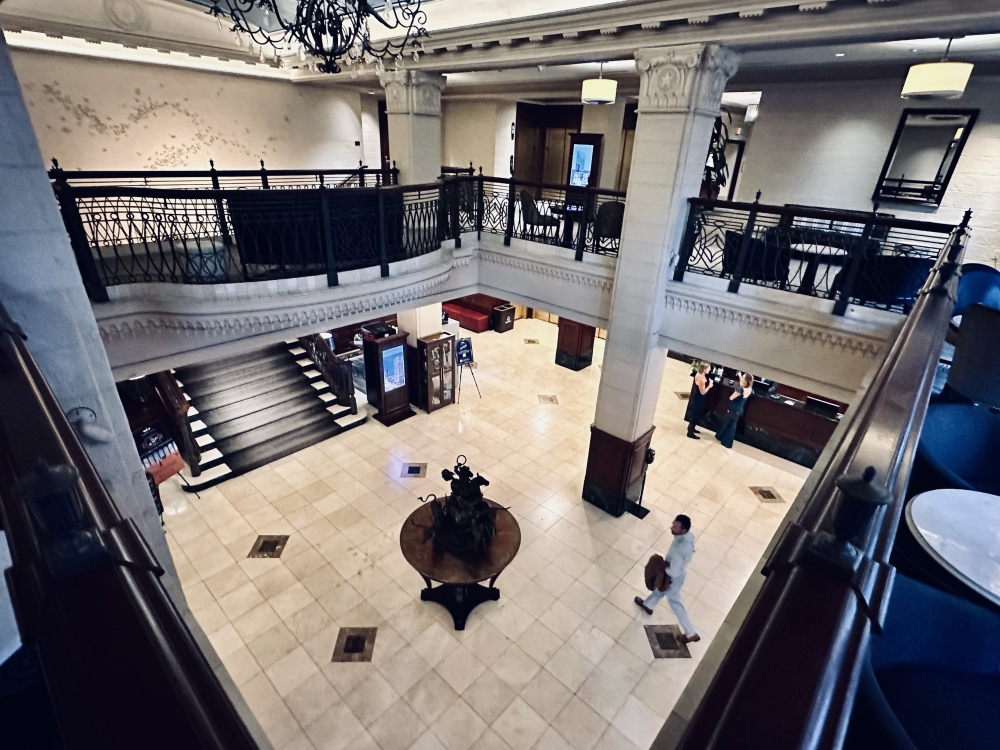
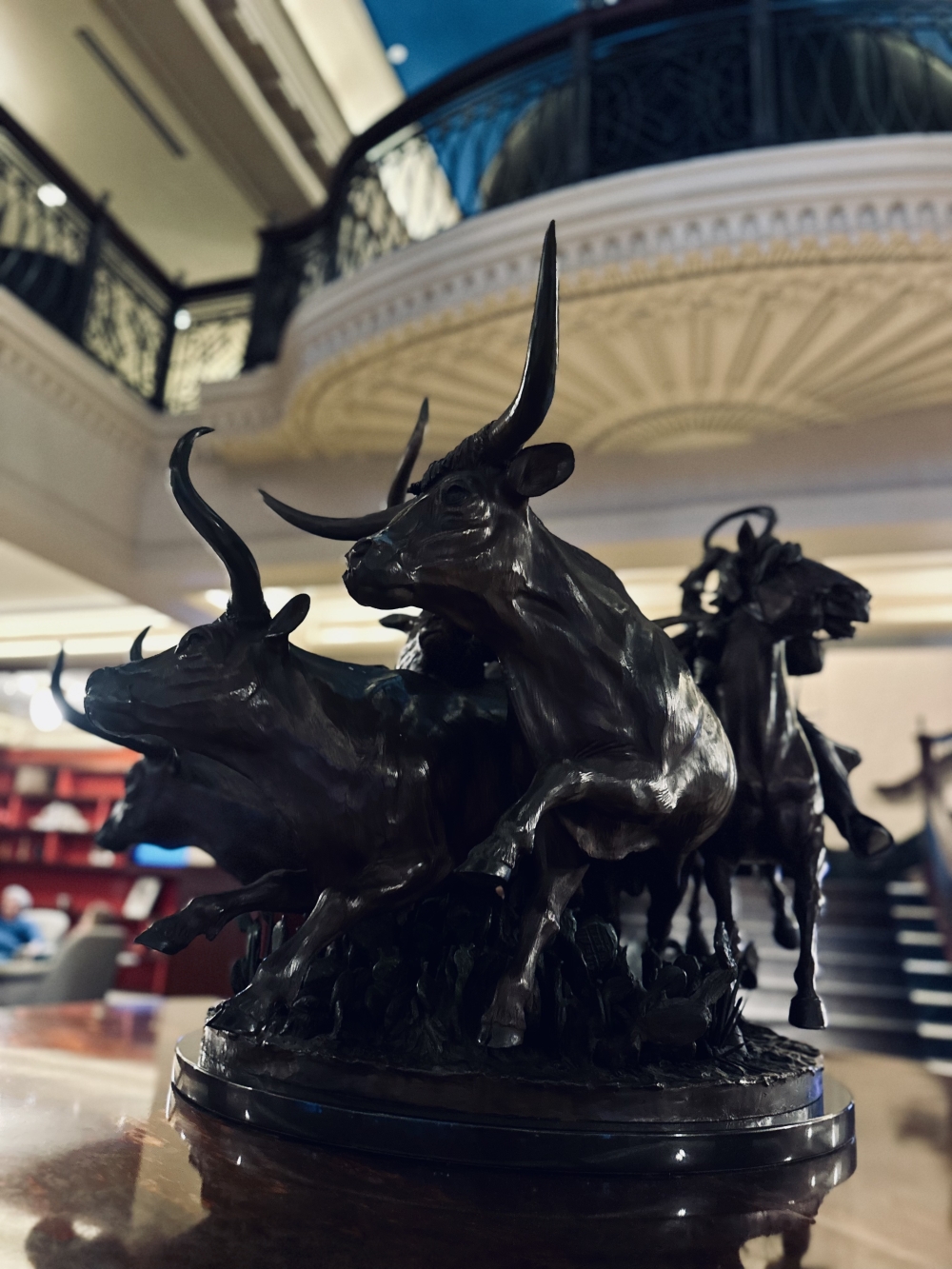
Notable quote
“We will breathe new life into every corner while preserving the essence of our local heritage,” Mooney said. “We look forward to an exhilarating journey of renovation and reimagination.”
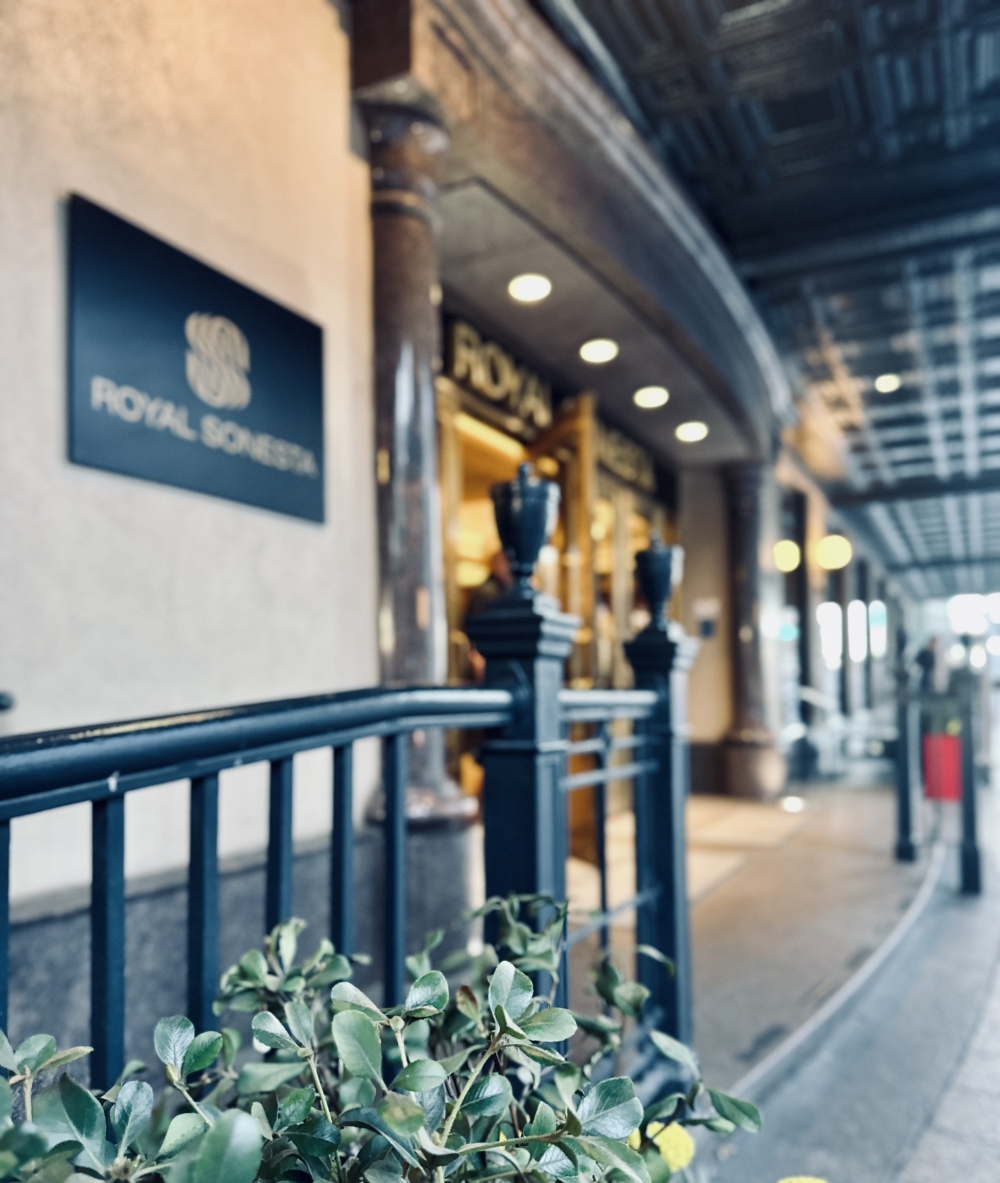
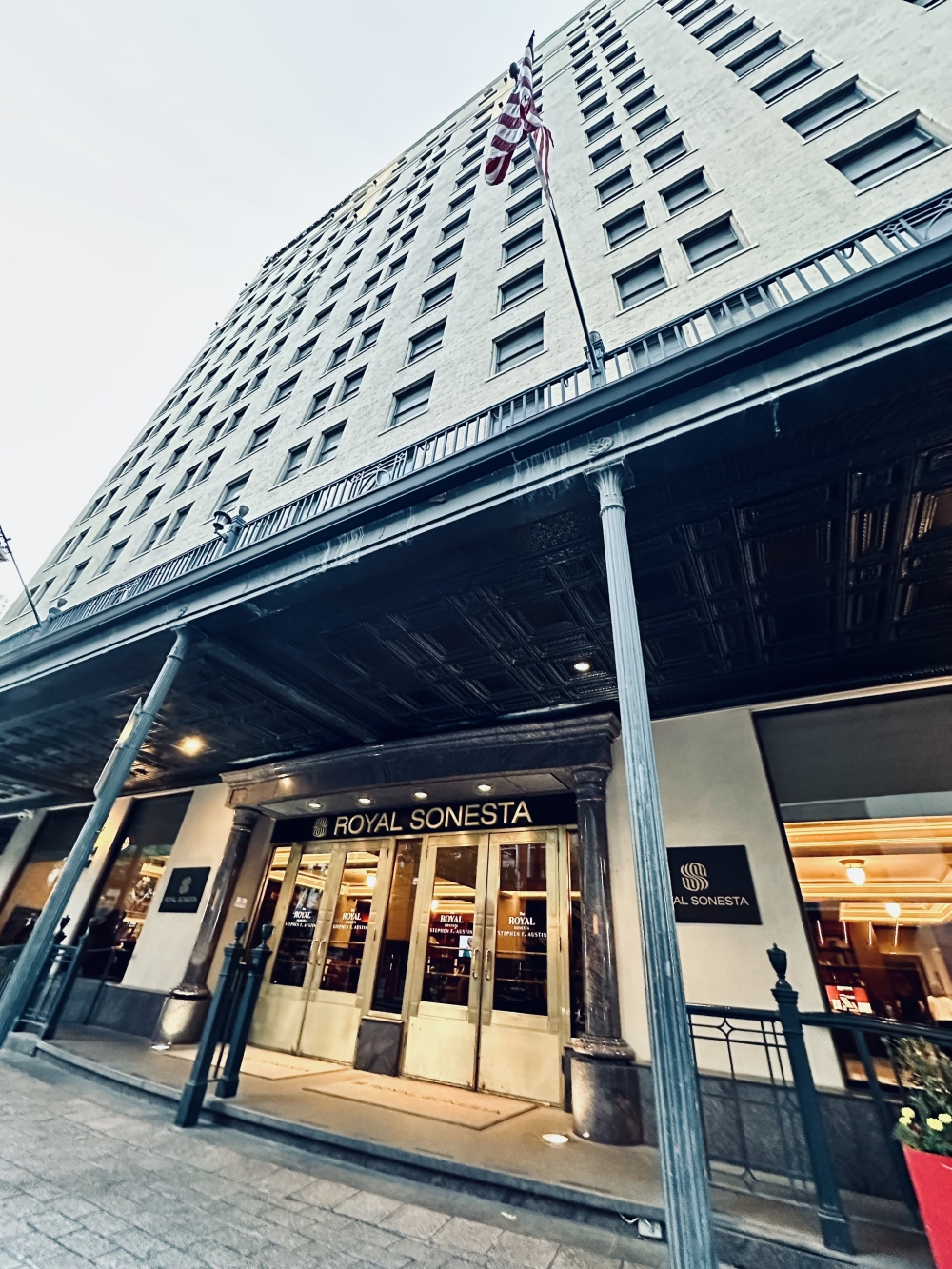
- 701 Congress Ave., Austin
- www.sonesta.com/royal-sonesta




